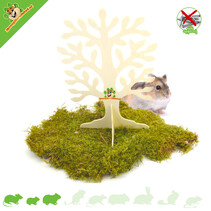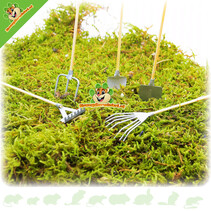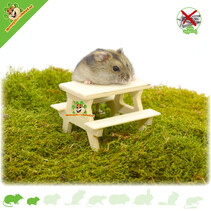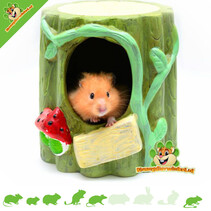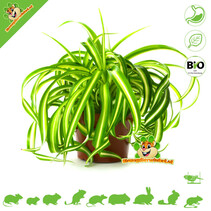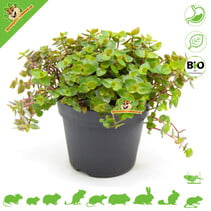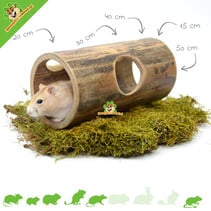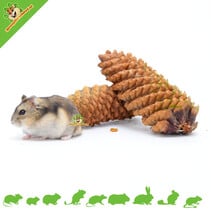Hamsterscaping for Hamsters and Dwarf Hamsters
- Ordered before 5 p.m., shipped the same day!
- Al 14 jaar een begrip!
- Delivery from our own stock
- Ordered before 5 p.m., shipped the same day!
- Al 14 jaar een begrip!
- Delivery from our own stock

You can order hamsterscaping and all supplies quickly and easily at DRD Rodent Shop ®
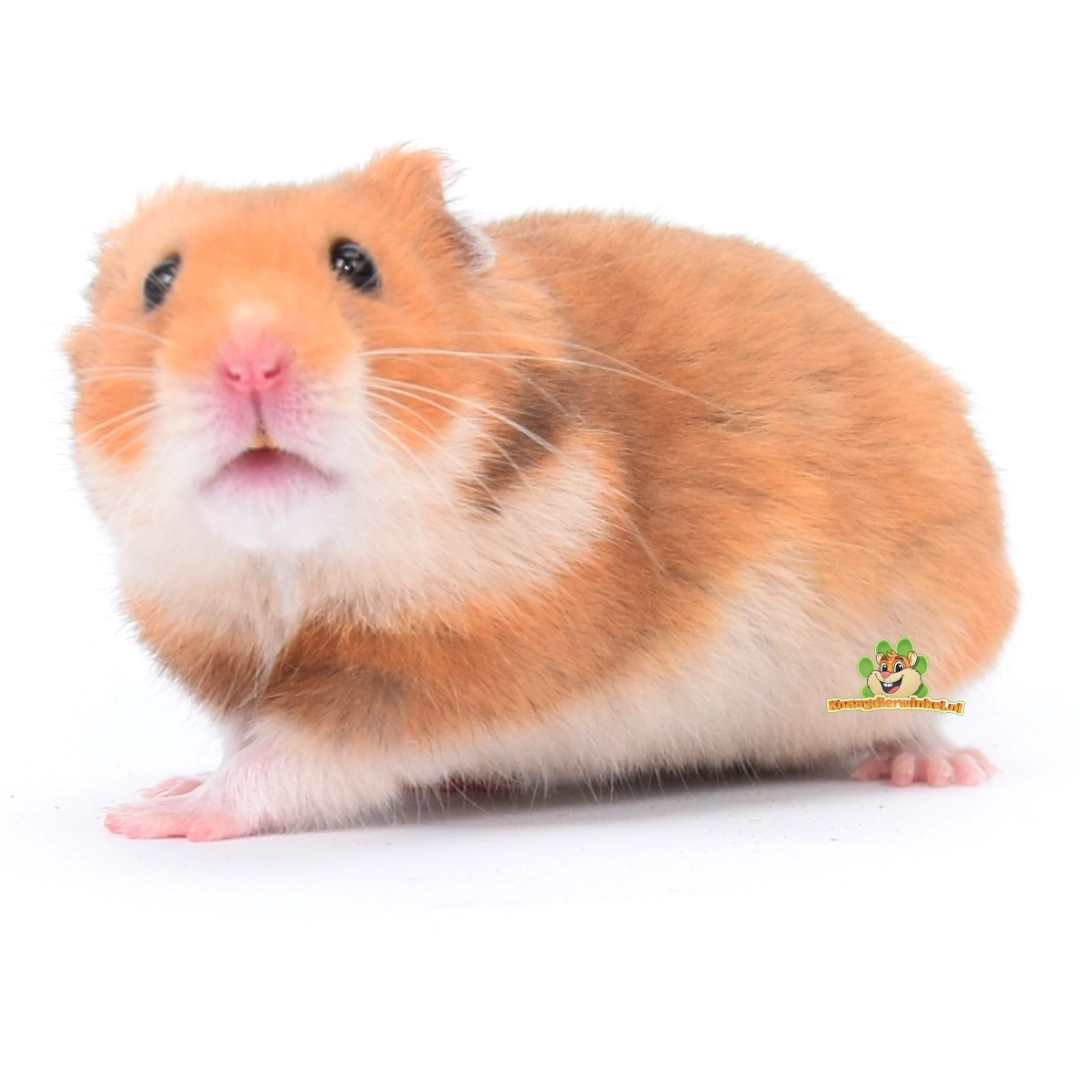 Hamsterscaping – Everything for an adventurous living environment!
Hamsterscaping – Everything for an adventurous living environment!
Hamsterscaping is the way to transform your hamster’s habitat into a true mini-landscape , inspired by the natural habitat of these little diggers. But what exactly is hamsterscaping, why is it so important, and how do you get started? In this article, we’ll take you step by step into the world of hamsterscaping — from soil to plant!
Hamsterscaping is not only fun for the hamster or dwarf hamster, but also for the owner. The goal of hamsterscaping is to furnish the hamster enclosure in a creative way. The most popular theme is the natural look where natural furnishings such as wood and moss are often used.
Hamsterscaping: Nature with a Tail for Hamsters
Thanks to our extensive knowledge of both hamsters and dwarf hamsters, we know exactly which products can and cannot be used. Below we would like to give you some guidelines for hamster scaping.
Hamsterscaping is about creating an environment that focuses on the animal's natural behavior: digging, hiding, foraging, bathing, climbing and running .
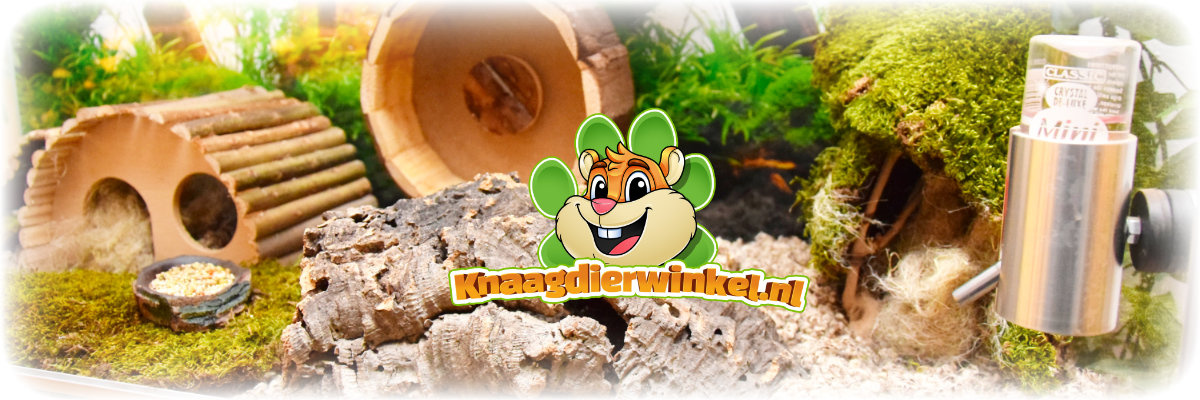
What is hamsterscaping?
Hamsterscaping is essentially the act of designing a living space for your hamster that resembles its natural habitat. Think of creating a mini jungle for your furry friend, complete with tunnels, climbing structures, hiding places, and natural materials to explore.
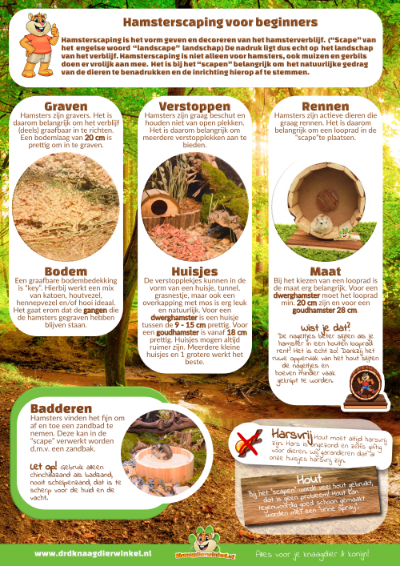 Click on this picture to download the manual
Click on this picture to download the manual
Why hamsterscaping?
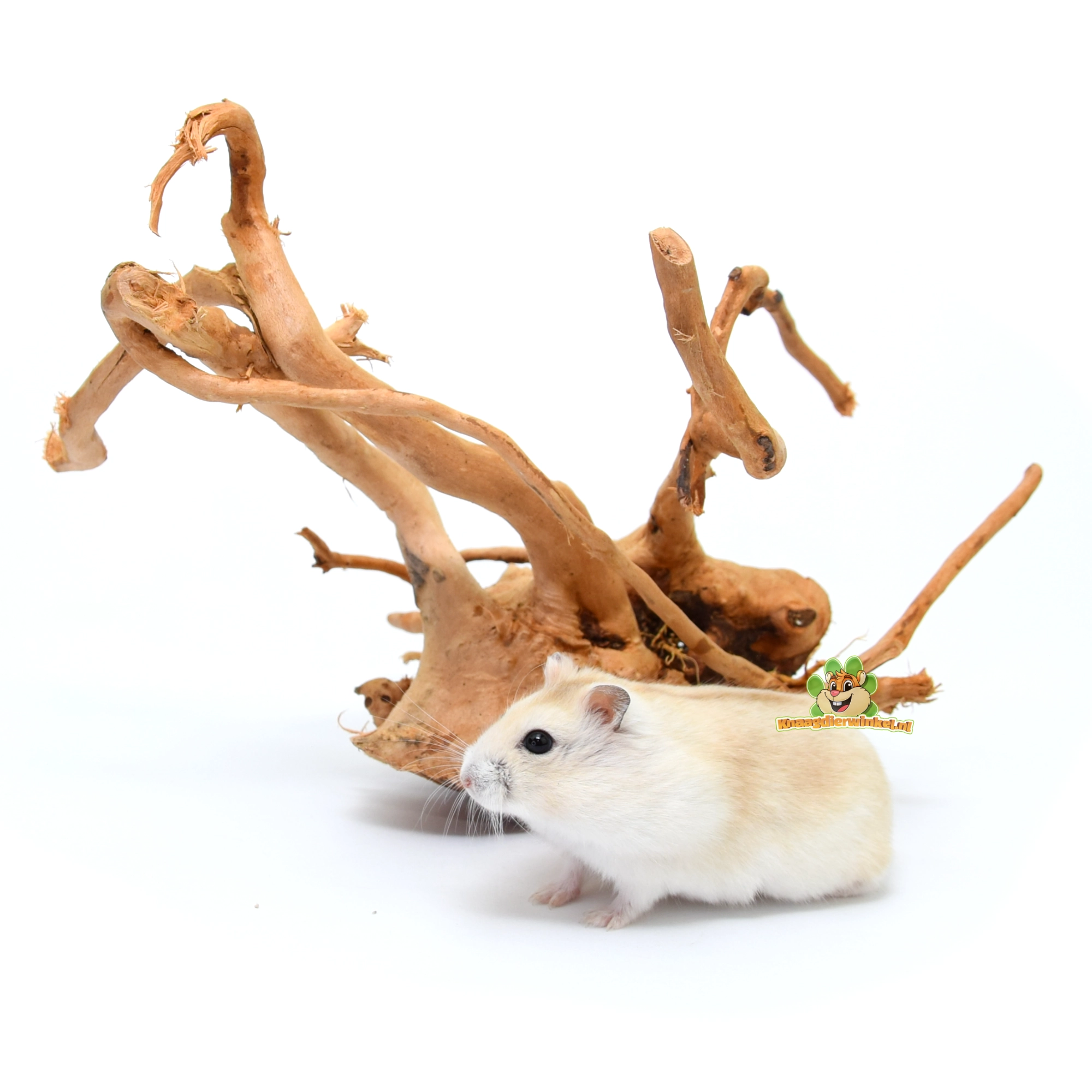 In the wild, hamsters live in vast underground tunnel systems. They seek shelter, create food supplies, take sand baths and live largely underground. In a traditionally furnished enclosure, they can often only display a small part of this natural behaviour. With hamster scaping, you give your pet the opportunity to really be an animal. This ensures:
In the wild, hamsters live in vast underground tunnel systems. They seek shelter, create food supplies, take sand baths and live largely underground. In a traditionally furnished enclosure, they can often only display a small part of this natural behaviour. With hamster scaping, you give your pet the opportunity to really be an animal. This ensures:
- Less boredom and stereotypical behavior
- More movement and natural activity
- Better mental health
- A beautiful, natural appearance of the accommodation
Why is it important for Hamsters?
The simple answer: happier hamsters! By enriching your hamster’s environment, you give them the opportunity to engage in natural behaviors like digging, climbing, and exploring. It reduces boredom and boosts both their physical and mental health.
How do you start hamster scaping?
-
-
Plan your scape : First, think about how you want to organize your hamster’s space. What elements do you want to include? How much space do you have available? A good plan is essential for a successful hamster scaping adventure.
-
Scape Materials : Gather safe materials such as wooden toys, untreated cardboard tubes, natural bedding, and non-toxic plants. Make sure everything is hamster-safe and avoid sharp edges or toxic materials.
-
Build your hamsterscape : Now comes the fun part! Build tunnels, make climbing structures, and create little hideouts. Get creative and think of what your hamster would like.
-
Maintenance : Make sure to clean the area regularly and check for any hazards. Hamsters can sometimes chew on materials, so check that everything remains safe.
-
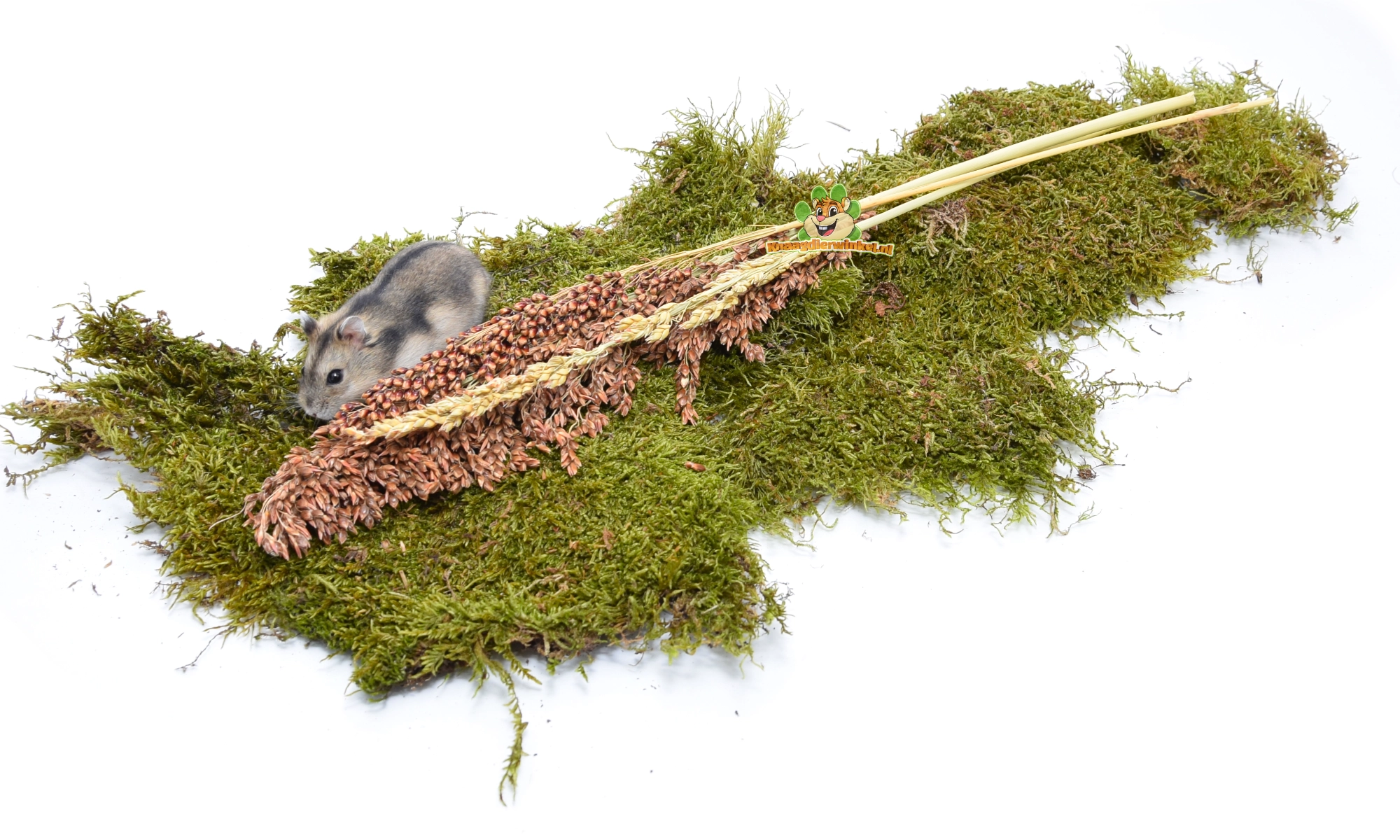
How do you build the ground cover for your scape?
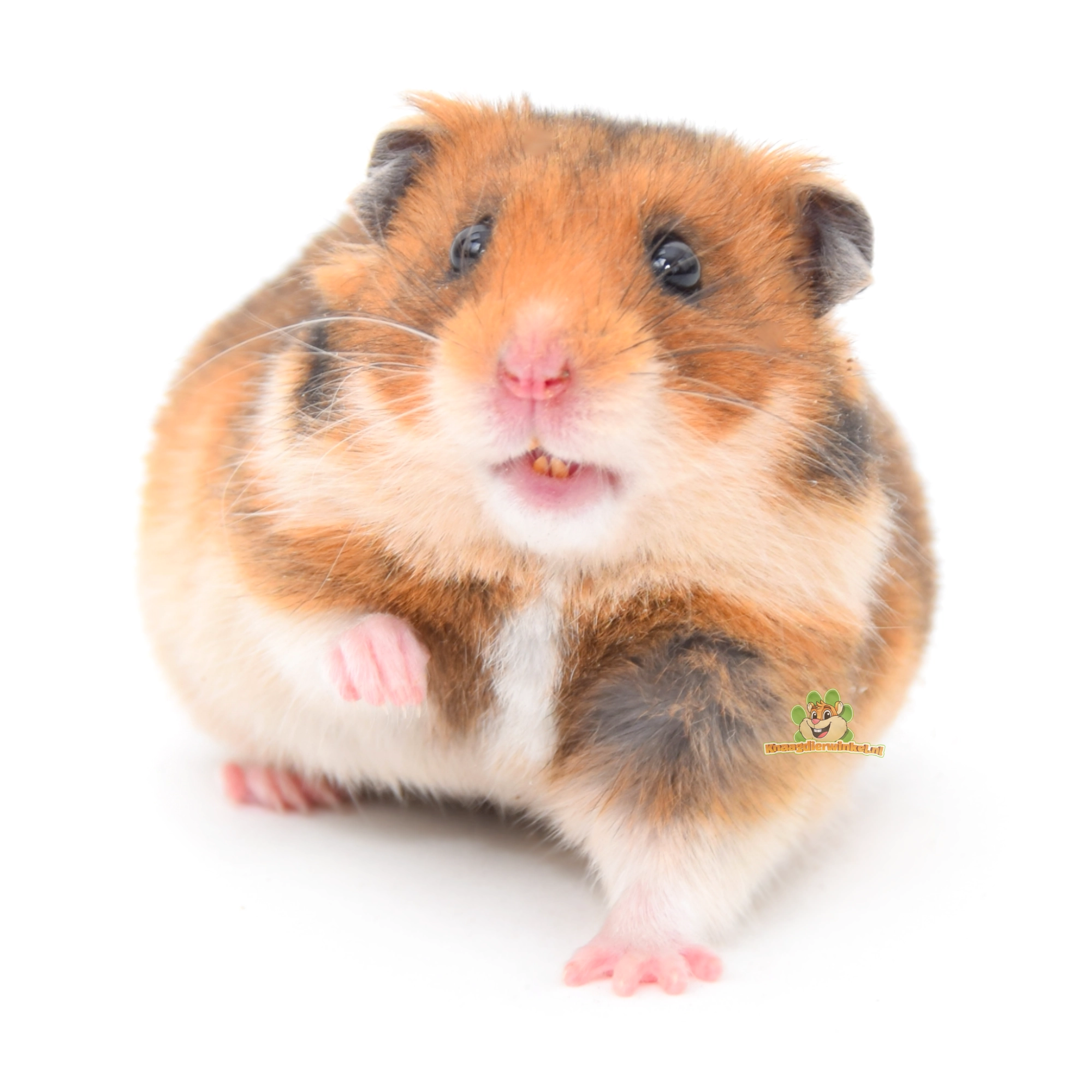 Building up the substrate is like creating a soft, natural surface where your hamster feels at home. Follow these steps for a successful build:
Building up the substrate is like creating a soft, natural surface where your hamster feels at home. Follow these steps for a successful build:
-
-
A Solid Foundation : Start with a good base layer of bedding that is comfortable for your hamster to walk and dig on, such as Cotton .
-
Add Variety : Add different textures and heights to the bedding to make it more interesting for your hamster. Be careful not to make too many differences in height, because a hamster does not see height, it has to be subtle. This can be done by mixing different types of bedding , such as wood fiber , paper bedding , hemp fibers and cotton.
-
Integrate natural elements : Use natural elements such as pieces of untreated (cork) wood , dried plants or fresh plants to give a more natural look to the hamster scape.
-
Add Nesting Material : Nesting material is essential for your hamster to build a safe and warm nest. Add shredded paper , kapok , colored paper , or cotton to the hamster scape so your hamster can create a cozy retreat.
-
Regular Maintenance : Check the bedding regularly for moisture, odors, and general cleanliness. Remove dirt and damp spots daily and replace bedding as needed to maintain a clean and healthy environment for your hamster.
-
Hiding & sheltering in a hamster house
Hamsters do not like open spaces, so they need multiple hamster houses . They feel most comfortable when they can hide or crawl under something. So make sure there are plenty of hiding places in the enclosure. Think of:
- Wooden houses
- Grass nests
- Ceramic shelters
- Canopies with moss
- Cork tunnels
- Tree houses
Tip: Several small houses and one larger house work best. For a dwarf hamster, a house of 9 – 15 cm is nice. For a golden hamster from 18 cm.
Hiding places and houses for the Hamster Scaping
Hamsters do not like open spaces. They feel safe when they can hide. Therefore, provide:
- Multiple houses (small & large)
- Natural tunnels
- Grass nests
- Canopies with moss or hay
For dwarf hamsters, houses of 9 to 15 cm are ideal. For Syrian hamsters, we recommend houses from 18 cm. More space is always allowed!
We have a wide range of hamster scaping houses such as:
- Wooden houses
- Coconuts
- Terracotta houses
- Rock dwellings
- Grass and moss houses
- Log houses made of birch or mahogany wood
Running wheel: for endless running sessions
A hamster wheel should never be missing in a hamsterscape. Pay special attention to the size:
- Exercise wheel for Dwarf Hamsters : minimum 20 cm
- Exercise wheel for Syrian hamsters: minimum 28 cm
A wooden exercise wheel is not only beautiful, but also helps to naturally wear down your hamster's nails.
Sand bath: for a clean and happy hamster
Hamsters love a sand bath. Incorporate a sandbox into your scape and use chinchilla sand (not shell sand!).
What is the result of Hamsterscaping?
A happy hamster having the time of his life in his own paradise! And for you? A satisfied feeling of creativity and the knowledge that you have made your pet's life a little more fun.
View our Hamsterscaping manual here

The Ground Cover in Hamsterscaping
Of course, a thick layer of bedding is very nice for hamsters . Most hamsters love to dig and will therefore gladly do this in a thick layer of bedding. A guideline is a layer of 20 - 30 cm deep. We have made a handy overview of all hamsterscape bedding in the following category.
Tip! Does your hamster not want to dig? This could be due to the substrate. If the burrows collapse quickly, the hamster may lose interest in digging. Therefore, make sure that the substrate allows the digging of burrows.
What substrate for hamster scaping?
The best substrate for hamster scaping is one that allows for tunneling. Many substrates are not airy enough for this and quickly collapse. Of course, we have researched which substrates do remain standing.
Mixing ground covers is also a lot of fun!
Mixing different ground covers such as wood fiber and hay or cotton with Carefresh can give the soil extra volume or a nice touch! The most popular ground covers are the following that are already mixed:
This allows high layers to be created and tunnels remain intact!
Houses for Hamsterscaping
The best houses for hamster scaping are the multi-room houses , wooden houses and rock houses, but grass houses are also very nice and even edible houses can be used. It is important to look at the size of the house. For example, houses for Golden hamsters should be larger than houses for Russian Dwarf hamsters or Chinese Dwarf hamsters and houses for animals that live together such as Campbelli Dwarf hamsters or Roborovski Dwarf hamsters should also be a bit more spacious.
Multi-room houses are very popular for a hamsterscape. These houses give the animals extra space in the form of rooms. Many hamsters will sleep in one room and store food in the other room.
Be careful with heavy parts
It is good to place heavy running wheels or other cage components on a platform. Vines can also be used to secure some things. Placing a heavy object on the ground cover can be dangerous. The hamsters can dig under the object until they reach the bottom and get stuck.
Safe and Natural Furnishings for Rodents and Rabbits
At DRD Rodent Shop® we attach the highest value to the safety and well-being of your rodents and rabbits. That is why we want to emphasize that we carefully check all natural materials before we offer them. All our products are selected with the greatest care and meet the highest standards for quality and safety.
What sets us apart is that all our natural materials have been specially selected as rodent-friendly. They are untreated, unsprayed and undyed, meaning they are 100% safe for animals. This allows you to confidently enrich the furnishing of your beloved housemates’ homes with our natural products, knowing that you are putting their well-being first.
We understand that you only want the best for your rodents, which is why we remain committed to providing high-quality, safe materials to enhance their living space.

Frequently Asked Questions About Hamster Scaping
1. What is hamsterscaping?
Hamsterscaping is the process of decorating your hamster's home in a natural and creative way. It involves creating an environment in which your hamster can display its instinctive behavior, such as digging, foraging, and hiding. You do this using natural materials such as bedding, tunnels, houses, plants, and other decorations.
2. Why is hamster scaping important for my hamster?
Hamsterscaping is important because it contributes to the well-being of your hamster. A well-designed enclosure prevents boredom, stimulates natural behavior and reduces stress. In addition, a varied and safe design ensures a healthy living environment that promotes the mental and physical health of your hamster.
3. How deep should the substrate for hamster scaping be?
The substrate in the hamster enclosure should be at least 20 cm deep, but preferably deeper, so that your hamster can dig and make tunnels. Syrian hamsters need more depth than dwarf hamsters, so make sure that your hamster has enough space to perform its natural digging behavior.
4. What materials can I use for hamster scaping?
Use natural materials that are safe for your hamster. The best substrate for hamster scaping consists of:
In addition, you can add houses made of wood, coconuts or stone, as well as sandboxes for sand baths and fresh greenery such as cat grass and chamomile to enrich the habitat.
5. Can I use real plants in a hamsterscape?
Yes, you can use real plants , but make sure they are safe for hamsters. Choose organic, untreated plants that are not harmful, such as our fresh plants for hamsters . Some good options are cat grass , chamomile , dandelions and vitamin plant . These are edible and provide both decoration and extra nutrition for your hamster.
6. How many hiding places does my hamster need?
Your hamster will feel safest if it has multiple hiding places. Provide at least two to three hiding places , ranging from houses to natural tunnels or grass nests. This will help your hamster feel protected and relaxed.
7. What is the best exercise wheel for hamsterscaping?
Choose a hamster wheel that is large enough for your hamster. For dwarf hamsters, a diameter of 20 cm is sufficient, for Syrian hamsters we recommend at least 28 cm . Make sure the wheel has no bars, so that your hamster does not get injured. Wooden hamster wheels are a good choice, because they are more natural and help wear down your hamster's nails in a healthy way.
8. How can I get my hamster to forage in the scape?
Foraging can be encouraged by not giving the food in a bowl, but by hiding it in the bedding or between the hiding places. This encourages your hamster to search for its food, which is not only fun, but also stimulates its natural hunting instincts.
9. What are the benefits of hamster scaping?
Hamsterscaping offers several advantages:
- Stimulation of natural behavior such as digging, foraging and hiding
- Reduction of boredom and stress
- Improving your hamster's mental and physical health
- Beautiful looking home for both hamster and owner
It is a creative and animal-friendly way to provide your hamster with a fun and stimulating environment.



